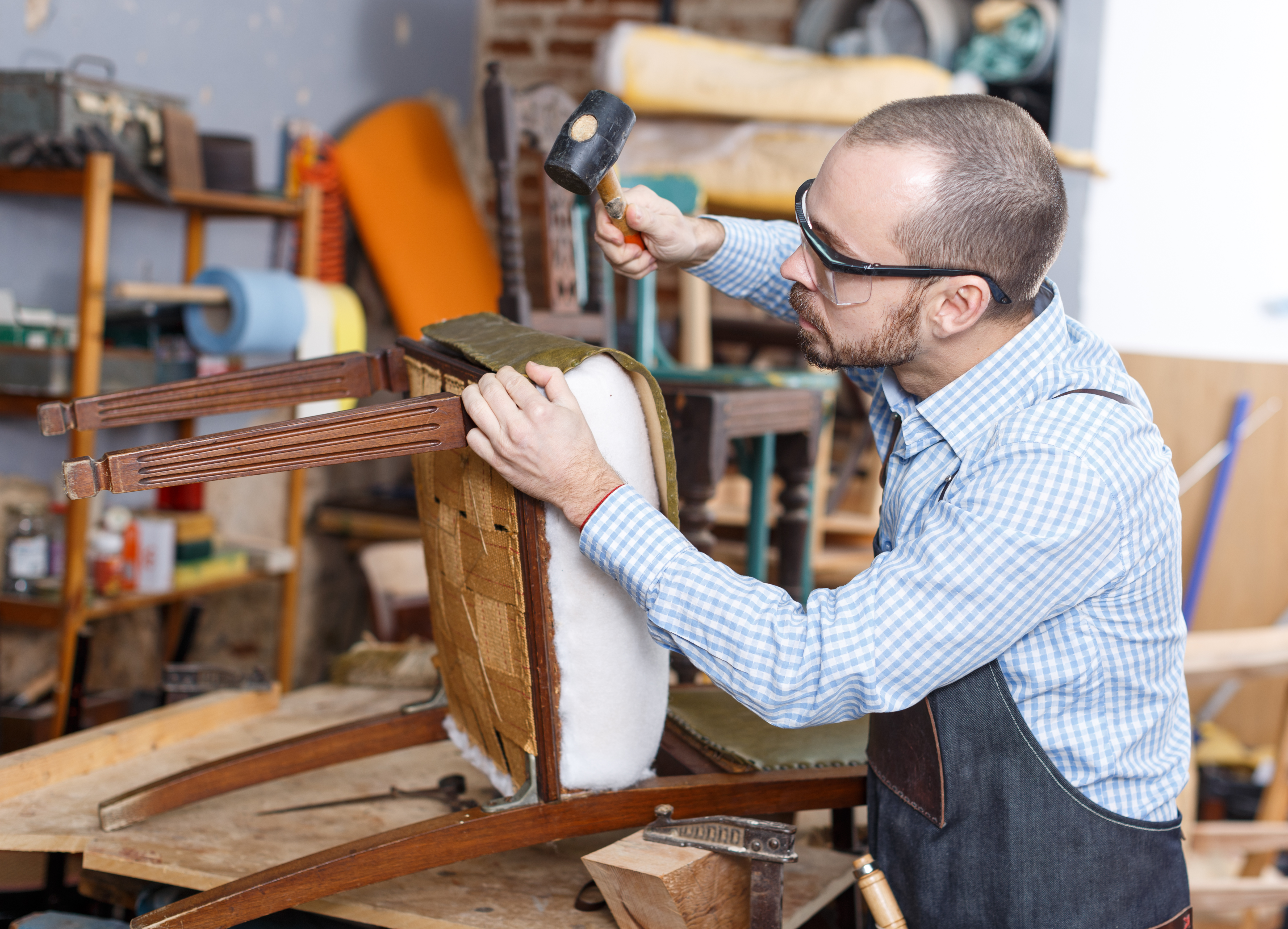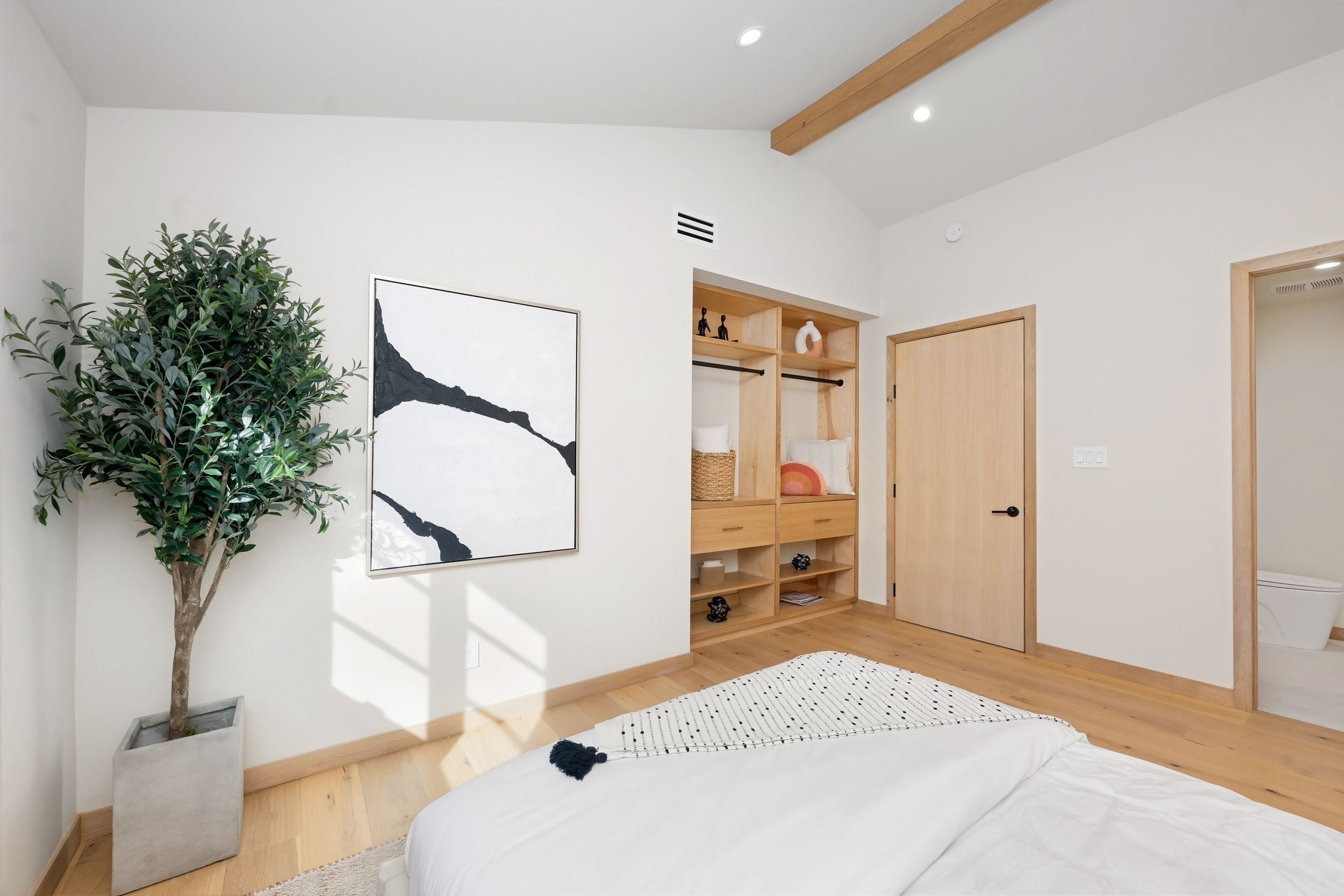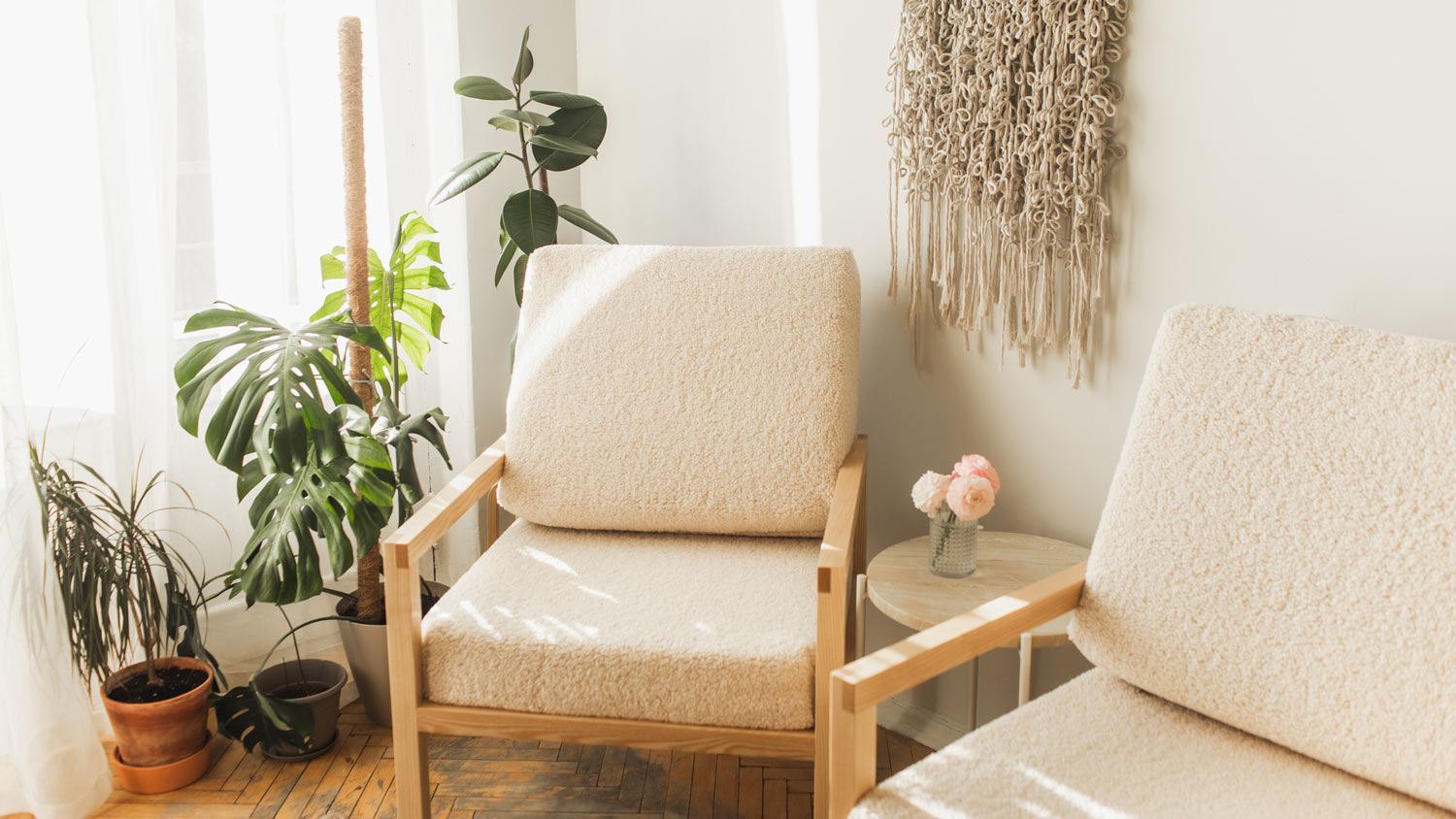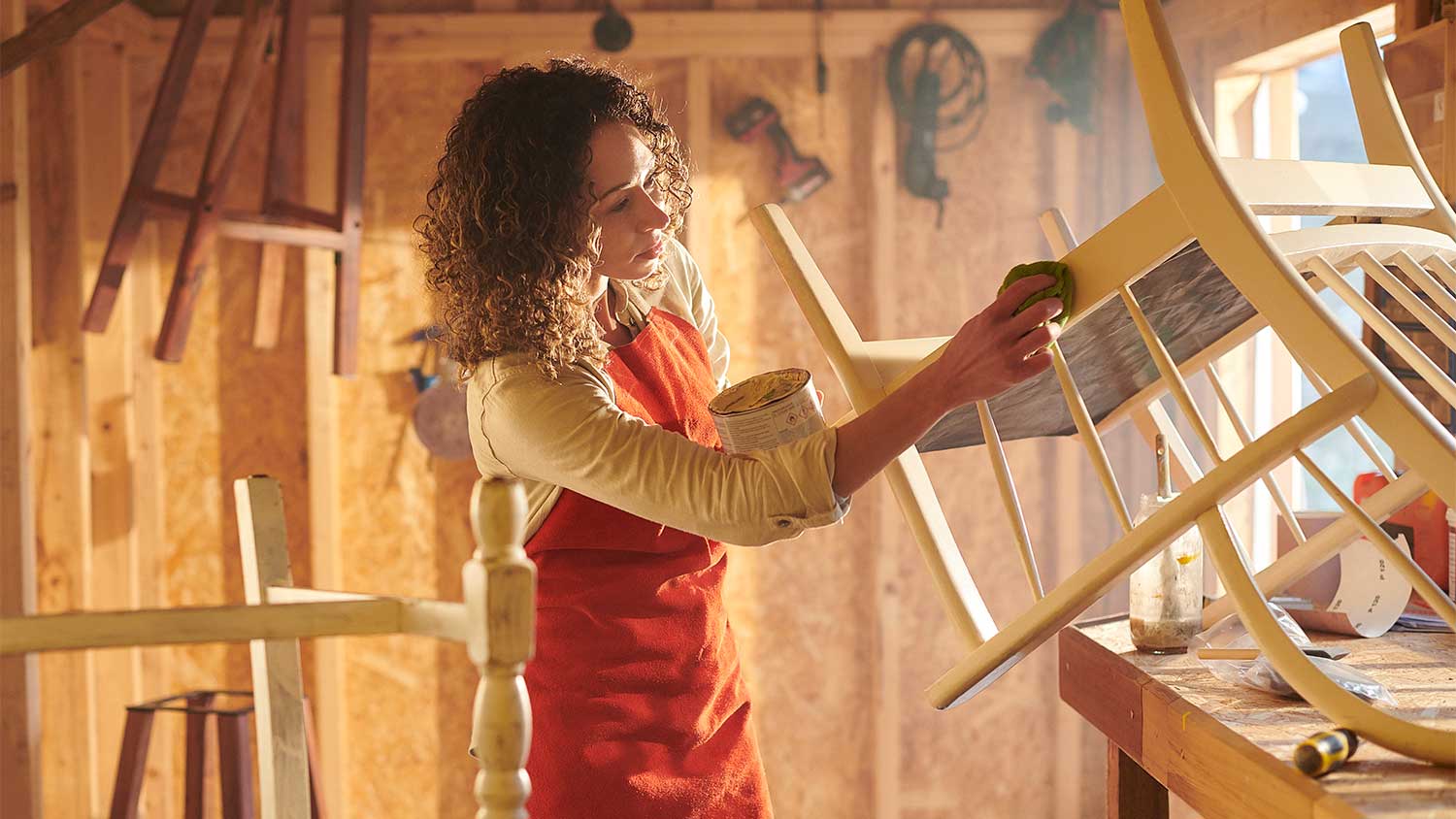
Discover the average furniture reupholstery cost, what impacts pricing, and how to save money on your next project. Get expert tips and cost breakdowns.
The average cost range to refinish a table is $150 to $1,200. Cost factors include table size, material, finish type, and labor.


Refinishing a table involves stripping, sanding, and applying a new finish and sealant to restore its appearance and durability.
Table size, material, and the type of finish you choose are the largest factors that impact the final price.
Investing in professional refinishing can boost the table’s longevity and add value if you plan to resell or refresh your space.
Completing this project enhances your home’s style and preserves furniture that may have sentimental or antique value.
Consider costs for extras, like hardware restoration, when planning your budget.
This article was created using automation technology and thoroughly fact-checked and edited by an Angi Editor in accordance with our AI policy.
How much it costs to refinish a table ranges from $100 to $2,400, and homeowners pay an average of $630. The final price depends on the table’s size, material, finish, and labor rates. Refinishing a table is a practical way to update your furniture’s appearance and extend its life. Labor rates often range from $40 to $100 per hour, and some projects are priced by the square foot or by complexity.
Understanding how much it costs to refinish a table starts with the main factors that drive pricing. Let’s look at what shapes your final bill.
The type of table you want to refinish makes a noticeable difference in cost. Dining tables, with their large surfaces and possible extensions, are more expensive to refinish than smaller coffee or end tables. Ornate or antique tables, which often feature intricate carvings or fragile materials, require more time and skill, driving up the price. Modern tables with simple lines tend to be less expensive to refinish.
| Type of Table | Average Cost |
|---|---|
| Dining table | $500–$2,400 |
| Coffee table | $200–$800 |
| End/side table | $150–$800 |
| Console table | $250–$800 |
| Antique table | $500–$1,500 |
Table dimensions play a central role in determining how much it costs to refinish a table. A small end table costs less due to its limited surface area, while large dining tables, especially those with multiple leaves or extensions, require more materials and labor. The number of detachable parts can also add to the price, since each piece must be refinished separately.
| Table Size | Dimensions (in.) | Cost Range |
|---|---|---|
| Small | Up to 24 x 24 | $150–$350 |
| Medium | 24–36 x 36–60 | $300–$700 |
| Large | Over 36 x 60 | $700–$2,400 |
The wood type and construction of your table influence both the process and the cost. Solid hardwoods like oak, maple, and mahogany cost more to refinish than softer woods or composite materials, but they also offer more dramatic results. Veneer tables are less expensive, but they require careful handling to avoid damage. Specialty finishes, such as high-gloss or distressed looks, add to the labor and material costs.
| Material Type | Cost Range |
|---|---|
| Oak | $300–$900 |
| Maple | $350–$1,000 |
| Mahogany | $400–$1,200 |
| Pine | $250–$700 |
| Veneer/composite | $200–$600 |
Hiring a professional furniture refinisher, carpenter, or restoration specialist is a common route for table refinishing. Labor can be charged by the hour—between $40 and $100—or as a flat project fee. More complex tables, repairs, or specialty finishes may take extra time, increasing labor costs. Regional price differences exist, with urban areas often seeing higher rates. If you take the DIY route, you’ll save on labor but need to invest your own time and effort.
Preparation is a key part of refinishing. Sanding and stripping the old finish represents $100 to $500 of the total cost. Damaged or antique tables may require more extensive prep, such as careful removal of old paint or repair work before refinishing can begin. Some professionals charge extra to remove hardware or to disassemble and reassemble the table. If the table is refinished off-site, expect to pay for pickup and delivery—often $50 to $150 per trip.
Additional repairs, such as fixing scratches, dents, loose joints, or broken legs, can increase your total bill—repair costs range from $150 to $600 per issue. Custom finishes, color matching, or specialty coatings often come with premium fees. Some refinishing jobs include cleanup and disposal of old finishes, but others charge extra for this service. Expedited or rush jobs may also cost more. While you may not see a direct return on investment, refinishing a quality table can refresh your home’s look and preserve valuable furniture.
After refinishing, a few ongoing costs help keep your table looking its best and protect your investment.
Routine cleaning and care are essential to preserve your table’s new finish. Use gentle cleaners or polishes recommended for your table’s finish, which cost $10 to $30 per bottle. Plan for touch-ups or re-coating every few years, which may cost $50 to $150 if hiring a pro, or less if you handle minor fixes yourself.
Protecting your refinished table from scratches, spills, and sunlight helps maintain its appearance. Table pads, covers, or coasters can range from $20 to $100, depending on size and quality. In areas with fluctuating humidity, a small investment in climate control—such as a humidifier or dehumidifier—can prevent warping or cracking.
If your table sustains chips, water damage, or scratches after refinishing, furniture repairs cost $150 to $600 per incident. Minor surface damage is often a DIY fix with a furniture touch-up kit, but deeper gouges or water rings may require professional repair. If you notice structural issues, such as loose legs or joints, call a pro to prevent further damage.
High-value or antique tables may be covered under your homeowners or renters insurance. To add a refinished table to your policy, expect a small premium increase—$10 to $50 per year, depending on appraised value. Check if your policy covers damage during refinishing or transport, especially for valuable or irreplaceable pieces.

Refinishing a table yourself can save money but requires skill, time, and the right materials. Here’s how the costs and considerations break down.
DIY refinishing costs between $100 and $300, depending on the supplies and tools you already own. Materials include sandpaper, stain or paint, brushes, finish, and protective gear. Essential tools may include a power sander, respirator mask, and drop cloths. DIY projects are best for simple tables—ornate or antique pieces are safer in professional hands.
Hiring a pro costs more upfront, but you gain expertise, a quality finish, and a time-saving process. Pros bring specialized equipment and may offer warranties on their work. If you value your time, want a flawless finish, or need repairs, professional refinishing is the smart choice.
| Method | Cost Range | Pros | Cons |
|---|---|---|---|
| DIY | $100–$300 | Lower cost, personal satisfaction, flexible | Time-consuming, risk of mistakes, tool costs |
| Pro | $350–$2,400+ | Expert results, warranty, less hassle | Higher cost, less hands-on, scheduling required |
Popular add-ons can personalize your table or address additional needs. Add-on costs include:
Table leaf refinishing: $50–$200 per leaf
Hardware replacement or restoration: $20–$100
Custom staining or painting: $100–$400
Decorative inlays or stenciling: $100–$500
Repairing or replacing table legs: $50–$300 per leg
Pickup and delivery service: $50–$150 per trip
Protective glass top installation: $100–$400
Upholstery for attached benches or chairs: $100–$600 per seat
Use these cost-saving tips to keep your budget under control during your table refinishing project:
Get multiple quotes from local pros.
Refinish only the tabletop or visible surfaces.
Choose standard finishes over custom or specialty options.
Handle minor prep work (like cleaning or hardware removal) yourself.
Schedule refinishing during off-peak seasons for possible discounts.
Maintain the table regularly to extend the life of the finish.
Home is the most important place on earth, which is why Angi has helped more than 150 million homeowners transform their houses into homes they adore. To help homeowners with their next project, Angi provides readers with the most accurate cost data and upholds strict editorial standards. We extensively research project costs to develop the pricing data you see, so you can make the best decisions for you and your home. We rely on reputable sources, including the U.S. Bureau of Labor Statistics, academic journals, market studies, and interviews with industry experts—all to ensure our prices reflect real-world projects.
Want to help us improve our cost data? Send us a recent project quote to [email protected]. Quotes and personal information will not be shared publicly.
From average costs to expert advice, get all the answers you need to get your job done.

Discover the average furniture reupholstery cost, what impacts pricing, and how to save money on your next project. Get expert tips and cost breakdowns.

Discover average furniture repair cost, key price factors, and ways to save. Get expert tips to budget for your next furniture repair project.

Should you restore or refinish furniture? The answer will depend on the extent of the damage and whether you want to update or maintain its current look.

Explore Murphy bed installation costs, including average prices, key cost factors, and tips to save. Learn what impacts your project budget and make informed decisions.

Wondering how much it costs to reupholster a chair? Learn about average prices, key cost factors, and ways to save on your chair reupholstery project.

Discover custom furniture costs, including average prices, cost factors, and tips to help you budget for your next custom piece.